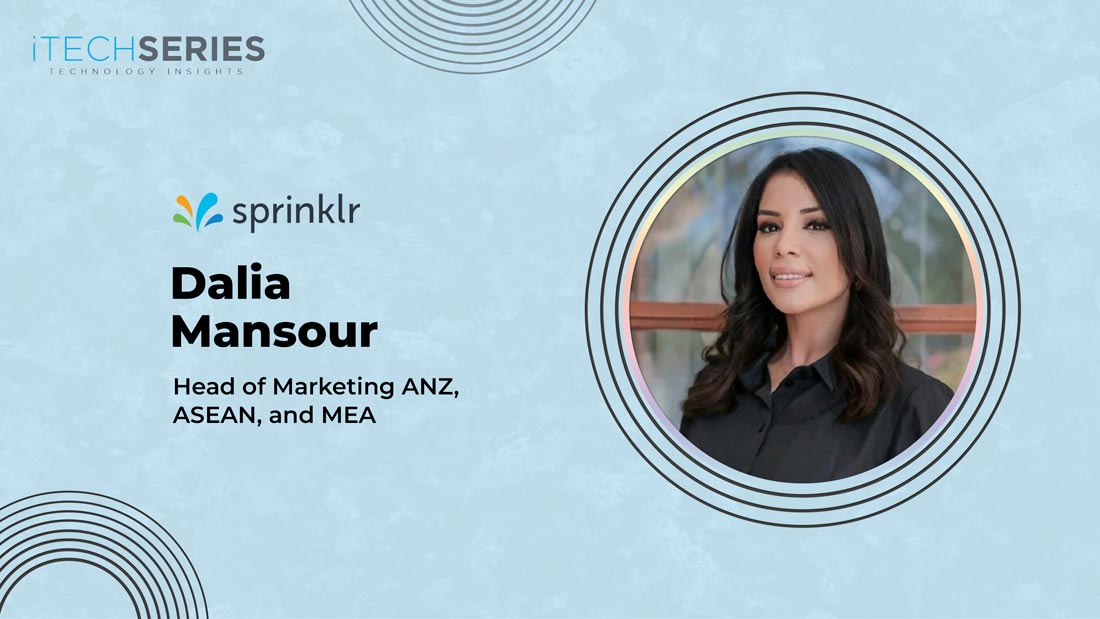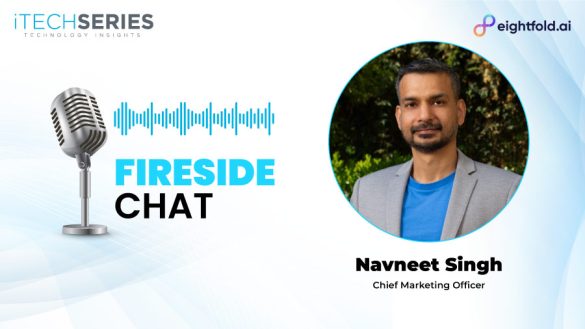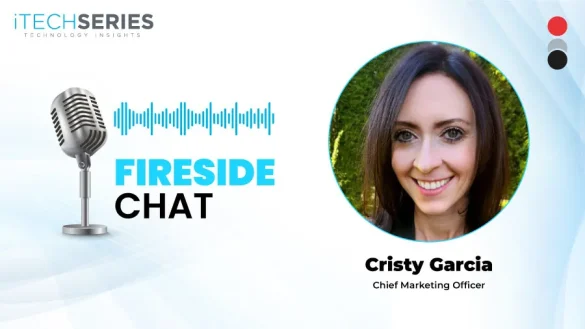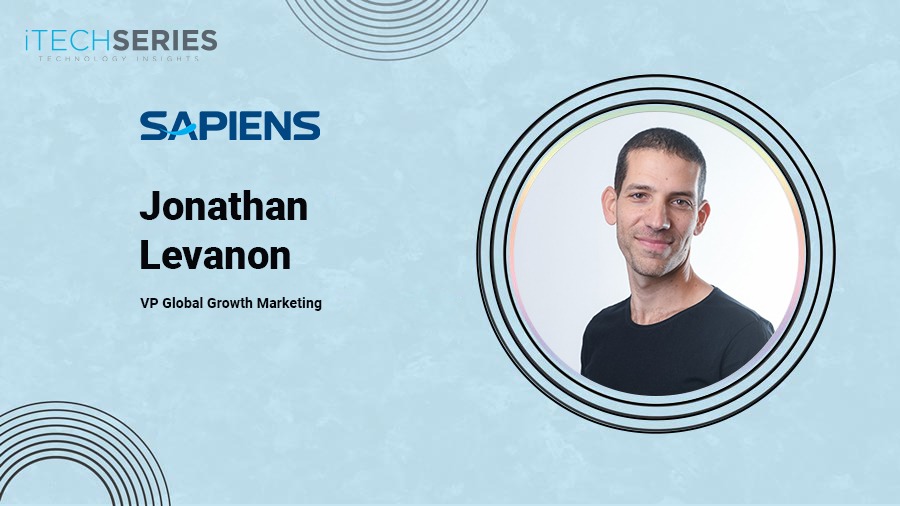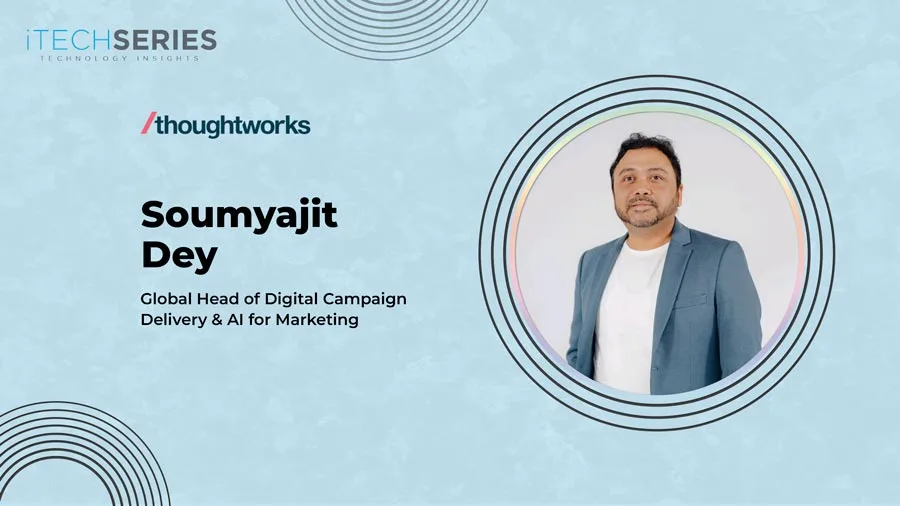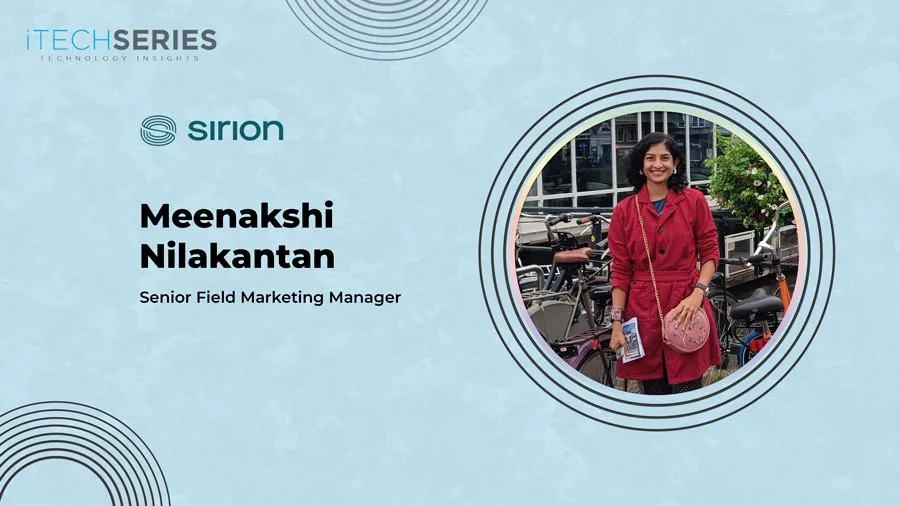Dalia Mansour, Head of Marketing ANZ, ASEAN, and MEA at Sprinklr, shares her journey in B2B marketing, customer experience management (CXM), and revenue integration. She offers her perspectives on aligning marketing with revenue goals, driving innovation, and leadership.
It’s great to have you on this interview series, Dalia. Could you tell us about yourself and your marketing leadership journey?
Thank you so much for having me! I’ve spent over a decade in marketing, primarily focused on B2B marketing in the software and tech industry. My journey started in the Middle East and Africa regions, and I’ve since expanded to also managing ANZ & ASEAN regions. My passion lies in connecting the dots between marketing strategies and tangible business results, and I have had the opportunity to work across different sectors, with a particular focus on customer experience management (CXM). My role at Sprinklr has allowed me to lead initiatives that help brands unify their CX and leverage cutting-edge technologies like AI.
As a go-to-market leader, what is your take on the evolved role of marketing within an integrated revenue organization?
Marketing has become a critical revenue driver, especially within integrated revenue organizations. It’s about aligning closely with sales, customer success, and product teams to ensure a unified approach toward achieving revenue targets. The role of marketing today is much more strategic, deeply intertwined with the overall business strategy, and accountable for both the top and bottom lines. We now play a pivotal role in generating qualified leads, accelerating pipeline growth, and influencing brand value and customer retention. Marketing’s involvement in shaping the customer journey is crucial, ensuring that every touchpoint drives measurable outcomes and strengthens the business’s long-term success.
As a marketing leader, how do you balance short-term pipeline goals with long-term brand-building activities?
I approach it by making sure we have dedicated resources for both. The pipeline is critical, but brand-building is what sustains growth and builds trust over time. We ensure consistent brand messaging and thought leadership while still focusing on quarterly revenue targets. To balance both, I work closely with my team to align our short-term activities with long-term objectives, ensuring that every campaign or initiative we execute serves both immediate needs and contributes to the broader brand vision. By integrating brand-building into pipeline activities, we create a cohesive narrative that resonates with customers at all stages of the buyer journey.
“The pipeline is critical, but brand-building is what sustains growth and builds trust over time. We ensure consistent brand messaging and thought leadership while still focusing on quarterly revenue targets.”
How do you ensure that marketing activities are synchronized across regions, yet are flexible and adaptive to specific market needs?
The key is having a solid global strategy but tailoring it to each market’s unique needs. A campaign that works well in one region might not resonate the same way in another. We keep a core message but empower our regional teams to adapt to the execution. Flexibility, cultural relevance, and constant communication ensure alignment globally while remaining agile locally. Regular feedback loops from regional teams help us fine-tune our approach based on local trends and consumer behavior. This dynamic model ensures we stay aligned with our global goals while remaining responsive to the distinct demands of each market.
Tell us about your most challenging yet successful marketing campaign experience.
In emerging markets, one of the key challenges is building awareness and education around the value of CXM. However, there are big opportunities because businesses in these markets are eager to adopt new strategies that can improve customer engagement. The flexibility of SaaS solutions allows companies to implement modern customer experience approaches without needing large infrastructure investments. It’s an exciting time as these markets are growing rapidly and becoming more competitive.
What are some of the challenges and opportunities you see in the SaaS CXM (customer experience management) space, particularly in emerging markets?
In emerging markets, one of the key challenges is building awareness and education around the value of CXM. Many businesses are still in the early stages of understanding its impact on customer loyalty and long-term success. However, there are big opportunities because businesses in these markets are eager to adopt new strategies that can improve customer engagement and differentiate themselves. The flexibility of SaaS solutions allows companies to implement modern customer experience approaches without needing large infrastructure investments. It’s an exciting time as these markets are growing rapidly, becoming more competitive, and increasingly open to digital transformation.
What advice would you give fellow marketing leaders on integrating AI-powered tools into their martech stack?
When integrating new technologies, it’s crucial to focus on how they can enhance and complement existing processes. Begin by identifying specific areas where technology can drive efficiency, streamline operations, or provide actionable insights, instead of attempting to implement everything simultaneously. The goal is to improve productivity while preserving a human-centered approach to marketing. Ensure that any tools you adopt align with your overarching strategy and are capable of delivering clear, measurable outcomes. Always prioritize technologies that foster seamless collaboration and drive long-term growth, without overcomplicating workflows.
What are some key metrics that you closely monitor to gauge whether a marketing campaign has been successful or not?
To gauge the success of a marketing campaign, I keep a close eye on a variety of key performance indicators (KPIs). Pipeline contribution is crucial as it directly reflects how our marketing efforts are translating into potential revenue. Engagement metrics, such as click-through rates, time spent on content, and social shares, help measure how well our content resonates with our audience. Conversion rates are essential for understanding the effectiveness of our lead generation strategies. Additionally, I analyze brand health metrics like sentiment analysis and share of voice, which provide a broader perspective on our market positioning and long-term brand impact.
How would you describe your approach to marketing leadership that keeps team members aligned but also gives them space to experiment and come up with creative ideas?
My approach centers around trust and empowerment. I set clear goals and give my team the autonomy to achieve them in their own ways. I foster an environment where experimentation and creativity are encouraged, but alignment is maintained through regular check-ins and open communication. By providing a clear vision and ensuring that each team member understands their role, I enable them to take ownership of their work. I believe that the best ideas often come from giving people the freedom to explore new strategies, but it’s essential to maintain a strong sense of purpose and collaboration. This balance allows for both innovation and cohesion.

Sprinklr is a leading enterprise software company specializing in Unified Customer Experience Management (Unified-CXM). With its AI-powered platform, Sprinklr enables businesses to deliver seamless, human experiences across all customer-facing functions and digital channels. Trusted by over 1,400 enterprises, including global brands like Microsoft, P&G, and Samsung, Sprinklr unifies teams across marketing, customer care, and social media to enhance customer engagement at scale. Headquartered in New York City, Sprinklr empowers brands to improve customer satisfaction and drive growth.
Dalia is a results-driven marketing leader with over 12 years of experience in B2B tech, specializing in multi-channel demand generation and partner marketing strategies. Currently leading marketing for ANZ, ASEAN, and MEA regions at Sprinklr, Dalia is passionate about aligning marketing strategies with business goals to deliver measurable results. Recognized with the Cross-Functional Marketing of the Year award in 2023 and named Marketer of the Year by GEC Media Group in 2024, she excels in optimizing marketing performance and driving exceptional customer experiences.

